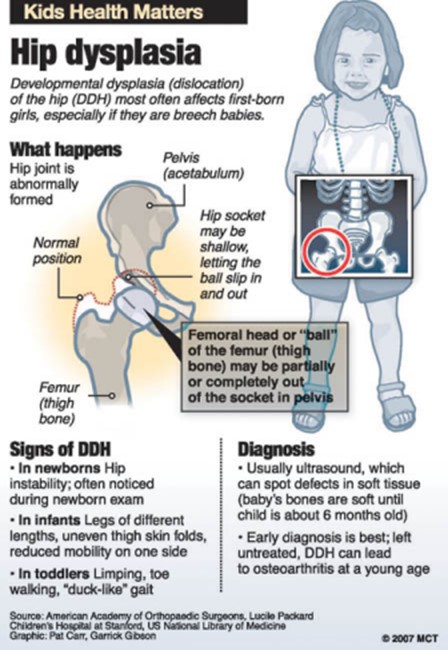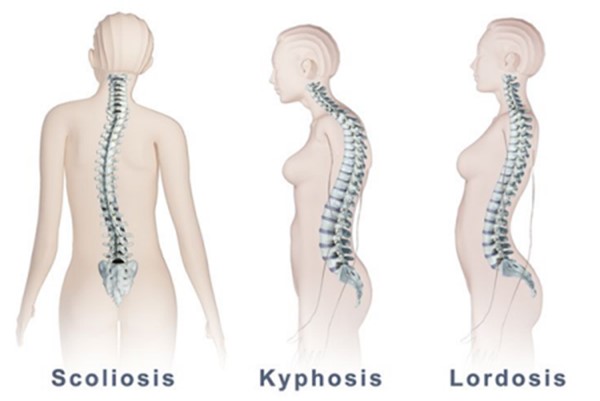A nurse is assessing a 6-month-old infant at a well-child visit. Which of the following findings should the nurse expect?
Lateral incisors
Closed posterior fontanel
Sitting steadily without support
Uses thumb and index fingers in a pincer grasp
The Correct Answer is B
The posterior fontanel, located on the back of the head, usually closes by the age of 2-3 months. By 6 months of age, it is expected to be closed.
By 6 months of age, infants typically do not have their lateral incisors. The primary incisors, which are the central incisors in the lower and upper jaw, usually erupt first around 6-10 months of age.
At around 8 months of age, most infants are able to sit steadily without support. They can maintain an upright sitting position and may even start to reach for objects or play in a sitting position.
At 6 months of age, infants are still in the developmental stage of exploring objects and refining their motor skills. They typically use a palmar grasp, where they grasp objects with their entire hand. The pincer grasp, which involves using the thumb and index finger to pick up small objects, usually develops around 9-10 months of age.
Nursing Test Bank
Naxlex Comprehensive Predictor Exams
Related Questions
Correct Answer is D
Explanation
DDH refers to an abnormal development or alignment of the hip joint, which can lead to instability or dislocation of the hip. An asymmetric thigh fold is a common physical finding in DDH, where there is a difference in the skin fold between the affected and unaffected sides of the thigh. This occurs due to the malposition or displacement of the femoral head within the acetabulum.
While other findings may also be present in DDH, such as an inwardly turned foot on the affected side (also known as a positive Ortolani or Barlow test), absent plantar reflexes, or a lengthened thigh on the affected side, the asymmetric thigh fold is a key indicator of hip dysplasia in a newborn.

Correct Answer is D
Explanation
Scoliosis is a condition characterized by an abnormal sideways curvature of the spine, resulting in an S or C shape when viewed from the back. It commonly develops during adolescence and can vary in severity. The lateral curvature of the spine observed during the physical examination is a key sign of scoliosis.
Lordosis refers to an excessive inward curvature of the spine in the lower back, while kyphosis refers to an excessive outward curvature of the spine in the upper back, often referred to as a "hunchback."
Torticollis, on the other hand, is a condition characterized by an abnormal position or tilt of the head due to muscle tightness or weakness.

Whether you are a student looking to ace your exams or a practicing nurse seeking to enhance your expertise , our nursing education contents will empower you with the confidence and competence to make a difference in the lives of patients and become a respected leader in the healthcare field.
Visit Naxlex, invest in your future and unlock endless possibilities with our unparalleled nursing education contents today
Report Wrong Answer on the Current Question
Do you disagree with the answer? If yes, what is your expected answer? Explain.
Kindly be descriptive with the issue you are facing.
